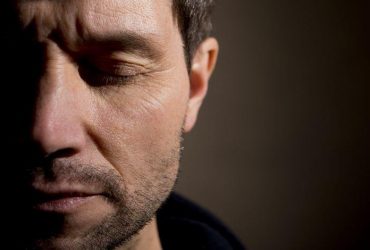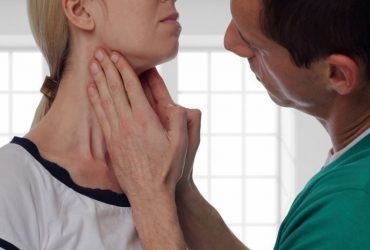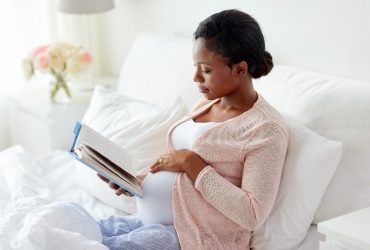Perceived physical health, mental health worse for adults with traumatic brain injury and low health literacy
Single low-dose esketamine reduces depressive episodes at 42 days postpartum for mothers with prenatal depression
Type D personality associated with poor control of hypothyroidism symptoms, dissatisfaction with care
Causal relationship seen for moderately severe anxiety group with increased GERD incidence
Psychiatric comorbidities and familial confounding only partially explain this bidirectional association
Despite extensive training, model not effective in detecting depression severity in posts by Black people
While significant associations are seen for both, the associations are more pronounced in women
Reduction seen in odds of major depressive episode, moderate-to-severe anxiety with intervention sessions delivered by nonspecialist
Authors say more studies are needed to understand ideal timing window for treatment initiation
Odds of depression and anxiety symptoms rose in association with objectively measured vision impairment











